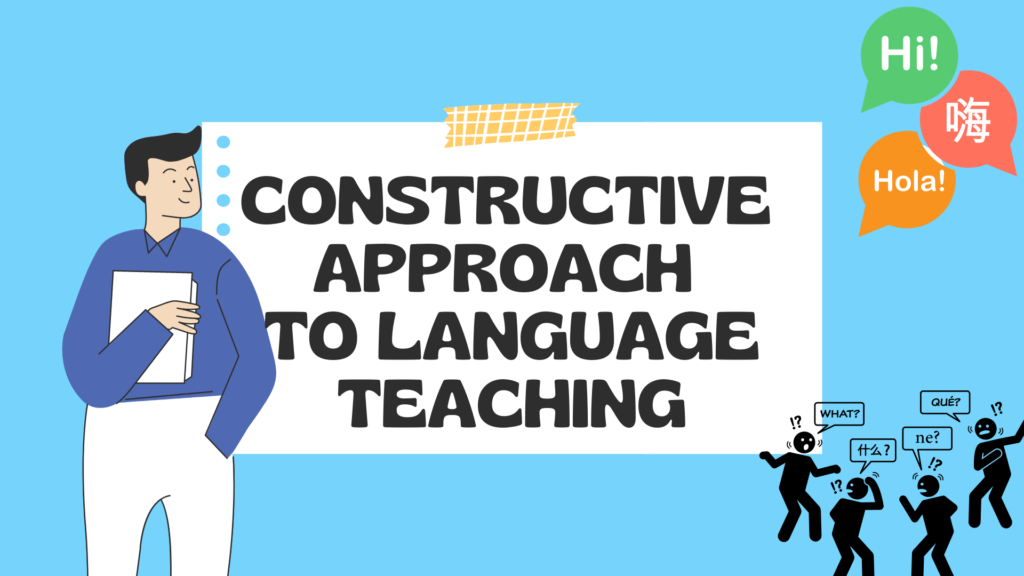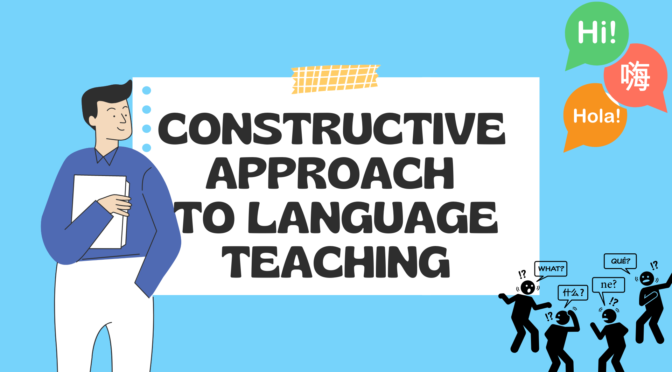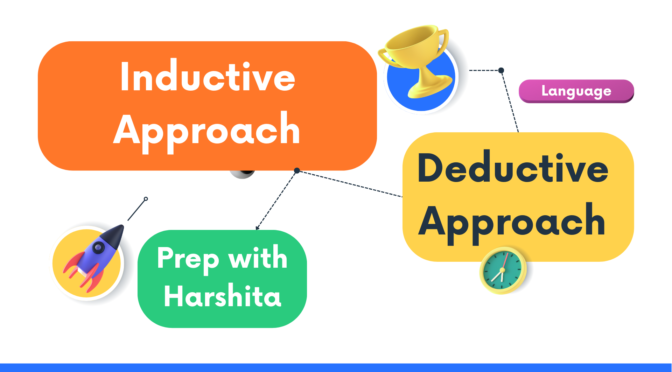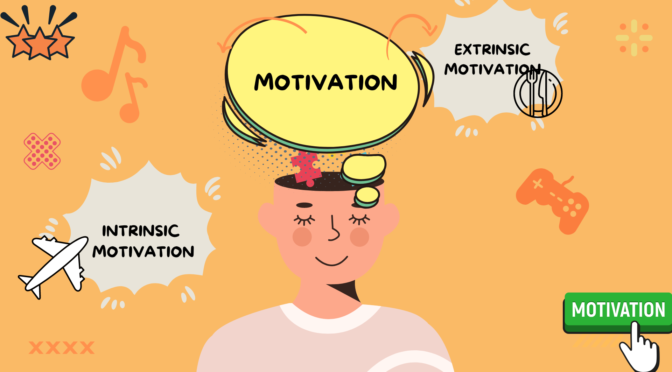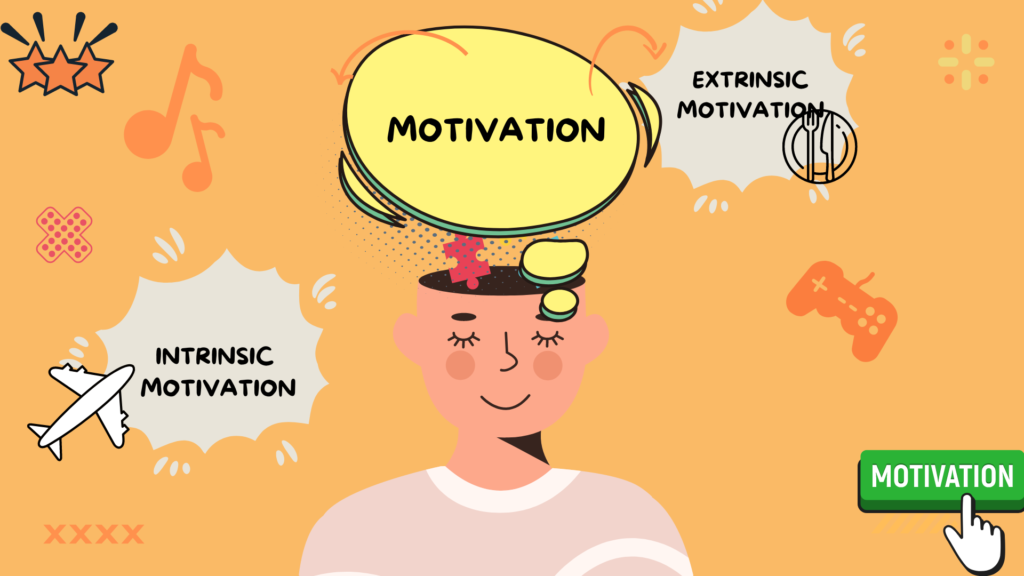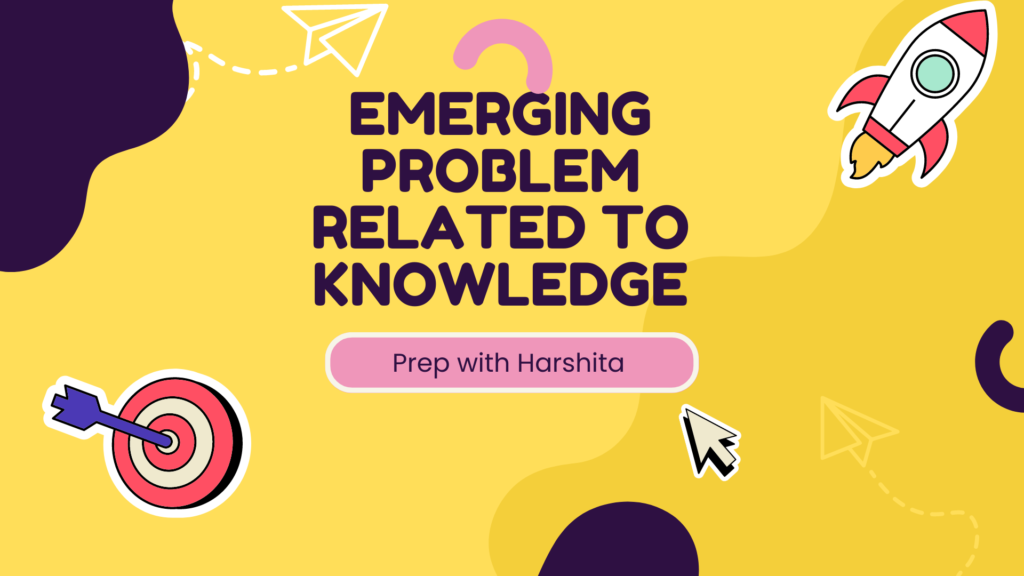A constructive approach to language teaching is a method that emphasizes active and engaged learning, focusing on the learner’s ability to construct meaning and knowledge through personal experiences and interactions with the language. It is a learner-centered approach that encourages learners to take an active role in their learning process, rather than passively receiving information.
In a constructive approach to language teaching, learners are encouraged to experiment with the language, make mistakes, and learn from those mistakes. The approach focuses on the importance of meaningful communication, encouraging learners to use the language in real-life situations and focusing on understanding rather than memorization.
The constructive approach also emphasizes the importance of collaboration and interaction. Learners are encouraged to work together in pairs or small groups, practicing speaking, listening, reading, and writing in a supportive environment which can help them to learn in a better constructive way.
Also Read: Multilingual Approach to Language Teaching
Features of Constructive Approach :
- Learner autonomy: In a constructive approach, learners take responsibility for their learning, setting their own goals and working at their own pace.
- Personalized learning: The approach is personalized to the individual learner’s needs, interests, and learning style, providing opportunities for learners to explore and experiment with the language in a way that is meaningful to them.
- Collaborative learning: Collaboration and interaction are focused, which helps learners to work together. They also learn from each other’s experiences and perspectives.
- Active engagement: Learners are actively engaged in the learning process, making meaning through personal experiences and interactions with the language.
- Focus on meaning: The approach shows the importance of understanding and meaningful communication, rather than just memorizing rules and vocabulary.
- Feedback and reflection: Feedback and reflection are important parts of the learning process, allowing learners to monitor their progress, identify areas for improvement, and make adjustments to their learning strategies.
